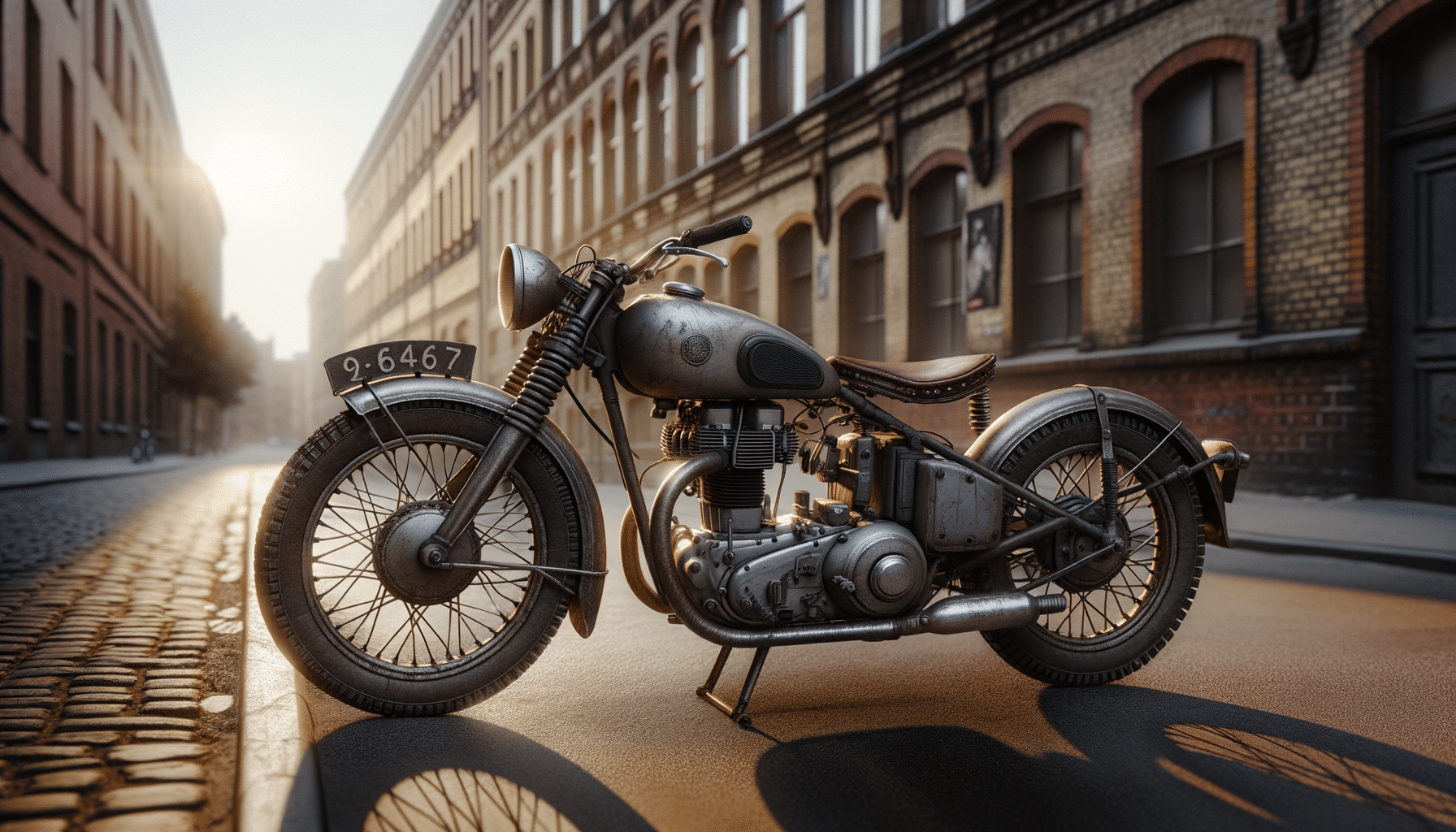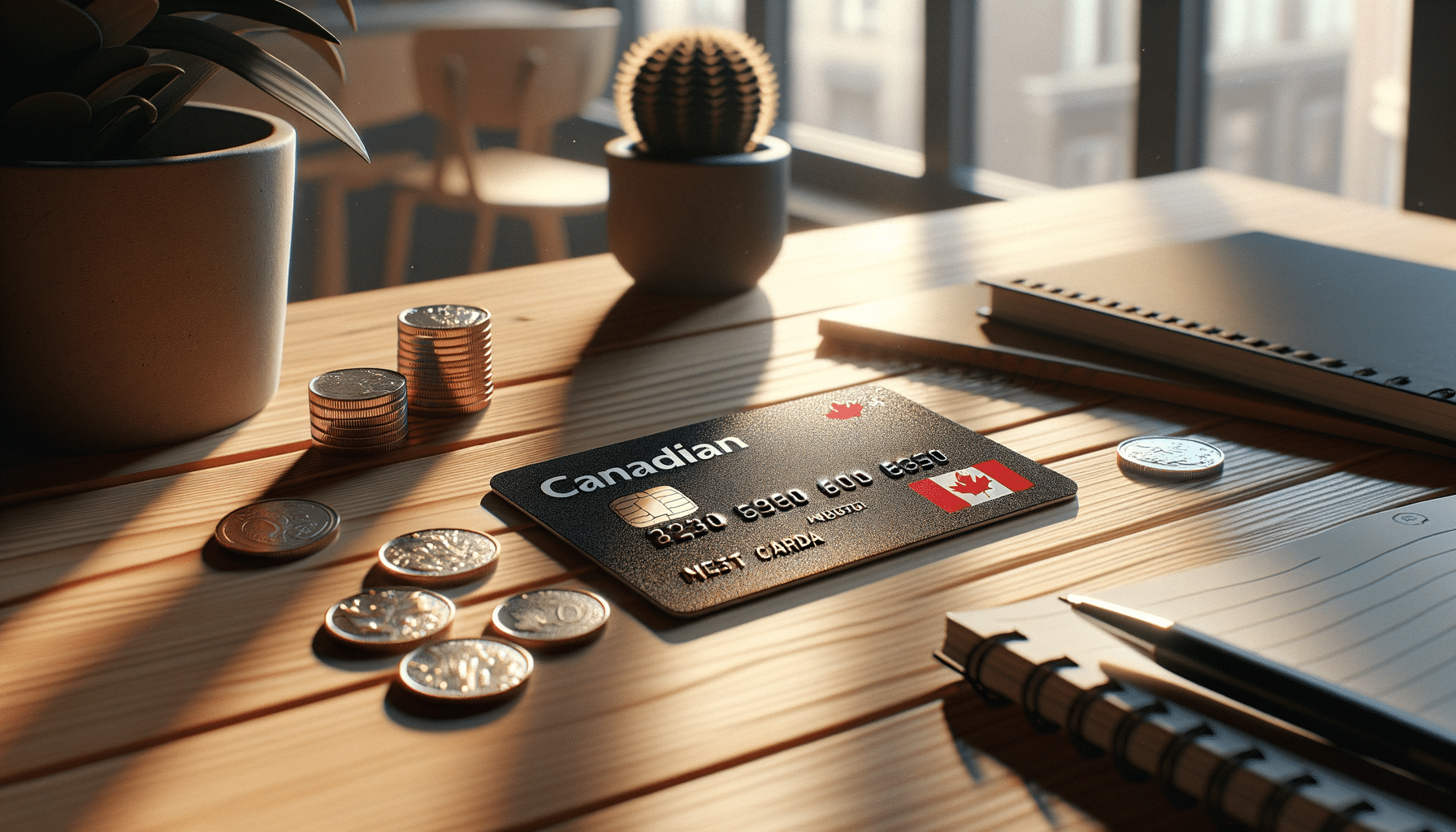
The Art of Purchasing Pre-Owned Motorcycles
Introduction to Pre-Owned Motorcycles
In the world of motorcycles, the allure of owning a pre-owned bike is undeniable. Not only does it offer an opportunity to own a machine with character and history, but it also often comes at a more affordable price point. The market for pre-owned motorcycles is vast and varied, catering to both seasoned riders and newcomers alike. Understanding the nuances of purchasing a pre-owned motorcycle can make the difference between a rewarding experience and a regrettable decision.
Buying a pre-owned motorcycle requires a keen eye and a bit of knowledge. Unlike new motorcycles, pre-owned bikes come with their own set of challenges and considerations. From understanding the bike’s history to evaluating its current condition, each step is crucial in ensuring a satisfactory purchase. This article delves into the essential aspects of purchasing pre-owned motorcycles, providing readers with valuable insights and practical advice.
Assessing the Motorcycle’s Condition
When purchasing a pre-owned motorcycle, assessing its condition is paramount. Unlike a new motorcycle, a pre-owned one has been through its paces, and understanding its current state can save you from potential headaches down the road. Begin by examining the exterior of the bike for any visible damage or wear. Look for scratches, dents, or rust, which can indicate how well the motorcycle has been maintained.
Next, pay attention to the mechanical aspects. Check the tires for tread wear and ensure they are evenly worn, as uneven wear might suggest alignment issues. Inspect the brakes for responsiveness and the suspension for smooth operation. The engine is the heart of the motorcycle, so listen for any unusual noises or vibrations that could signal underlying problems.
Finally, request maintenance records from the seller. A well-documented service history can provide insights into how the motorcycle has been cared for and whether any major repairs have been undertaken. While no pre-owned motorcycle will be perfect, understanding its condition allows you to make an informed decision and negotiate a fair price.
Researching the Motorcycle’s History
Before committing to a purchase, it’s crucial to research the motorcycle’s history. This step helps you avoid potential pitfalls and ensures that the bike has a clean record. Start by obtaining the vehicle identification number (VIN) and running a background check through available online services. This report can reveal if the motorcycle has been involved in accidents, if it has any outstanding recalls, or if it has been reported stolen.
Additionally, inquire about the number of previous owners. A bike that has passed through multiple hands in a short period might have hidden issues. Conversely, a motorcycle with a long-term owner could indicate reliability and satisfaction. Ask the seller about the bike’s usage, such as whether it was used for daily commuting or occasional leisure rides, as this can impact the wear and tear on the motorcycle.
Understanding the motorcycle’s history empowers you with knowledge, allowing you to steer clear of problematic vehicles and focus on those with a reputable past. This due diligence is a crucial step in the pre-owned buying process, providing peace of mind and confidence in your purchase.
Negotiating the Price
Negotiating the price of a pre-owned motorcycle is both an art and a science. Armed with the information from your condition assessment and history research, you are in a strong position to negotiate a fair price. Begin by researching the market value of similar models to understand the going rate. This knowledge serves as a benchmark during negotiations.
When discussing price with the seller, be clear and respectful. Highlight any issues or concerns you’ve identified during your evaluation, using them as leverage to justify your offer. It’s important to strike a balance between asserting your position and acknowledging the seller’s perspective.
Consider the seller’s asking price as a starting point rather than a final figure. Be prepared to walk away if the negotiation doesn’t meet your expectations or budget. Often, the willingness to walk away can lead to a better deal. Successful negotiation not only results in a fair price but also contributes to a positive buying experience.
Finalizing the Purchase
Once you’ve agreed on a price, the final step is to complete the purchase. Ensure that all necessary paperwork is in order, including the title transfer, bill of sale, and any applicable registration documents. Double-check that the VIN on the motorcycle matches the one on the documents to avoid any discrepancies.
Consider having a mechanic perform a final inspection before sealing the deal. This expert evaluation can uncover any last-minute issues that might have been missed earlier. If everything checks out, proceed with the payment method agreed upon with the seller, ensuring that it is secure and traceable.
Completing the purchase of a pre-owned motorcycle is a milestone that brings the thrill of the open road within reach. By following these steps, you not only acquire a motorcycle but also the assurance that you’ve made a wise and informed decision.


